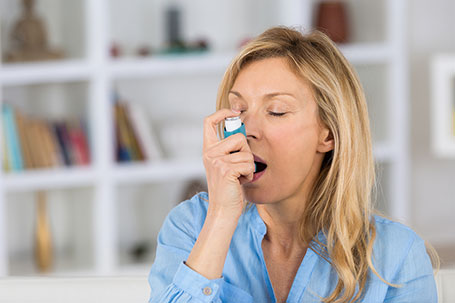
Asthma
Carpet and Asthma – The Facts
Bedding and bedrooms are the primary location for dust mites to thrive. That is because they need a certain temperature (between 18 and 25C) and 60% – 70% humidity to live.
In carpet, the temperature and humidity is too low.
The live dust mite is NOT the issue. The problem is their faecal pellets which, when inhaled, can trigger asthma attacks in sensitised individuals.
Carpet acts like a sponge and soaks up most of the allergen particles. Furthermore, they do not become airborne – as they do with smooth floors – and so reduce risk of sensitisation.
Opening the windows and letting in lots of fresh air, together with temperature and humidity control, significantly reduces dust mite populations.
Regular vacuum cleaning will remove most of the allergen from carpet.
Leading scientists worldwide agree that there is no scientific evidence to support the view that the removal of carpet is beneficial to asthma sufferers.
Don’t just take our word for it…
Fact
In Sweden, a 77% reduction in sales of carpet led to a corresponding 300% increase in asthma in the same 15 year period.
Fact
The German Allergy and Asthma Association states: “The main reservoir of mites is in the mattresses of beds. Further habitats are textile upholstered furniture and carpet. In the case of house dust mite sensitisation, it was formerly always recommended to remove the carpet. The current state of research can no longer uphold this.”
Fact
Research in Germany showed that the average level of fine particles, including allergens, in the indoor atmosphere above carpeted floors was 30.4ug/m3. Above smooth floors, the average was 62.9ug/m3.
Fact
A comprehensive study looking at carpet and its purported link to asthma and allergies by Dr M Sauerhoff covering research in the USA and around the world concludes: “Carpet does not cause asthma. Carpet does not increase the incidence or severity of asthma or allergies, in either adults or children. Well maintained carpet is safe.”
These assertions are based on 43 research studies, reports and articles.


Find Your Local Carpet Expert
The Carpet Foundation carpet shop nearest to you...Remember we are nationwide and all our shops have a Code of Practice which is approved by the Chartered Trading Standards Institute

